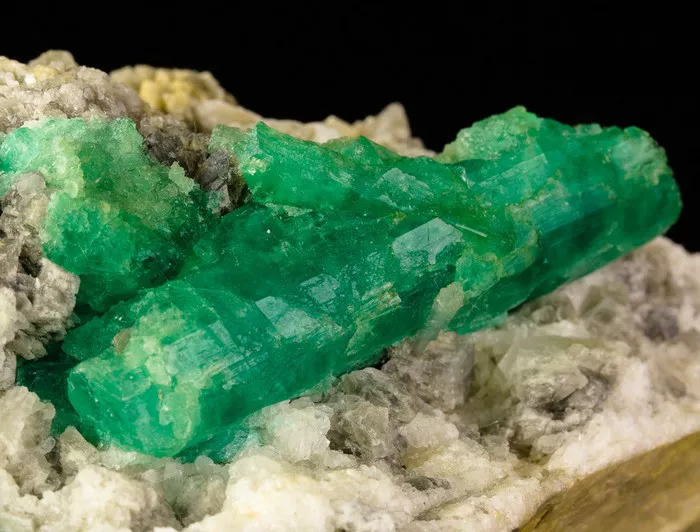Bangkok, Thailand, has long been hailed as a pivotal hub for the colored-gem trade across Asia. Its central location has positioned the Thai capital as the primary venue for the majority of gemstone tender viewings, orchestrated by mining companies, gem suppliers, and consulting firms.
These highly anticipated tenders serve as a barometer of global market sentiment, with bids streaming in online from companies worldwide. This auction process affords gem dealers and jewelers the opportunity to acquire raw gemstones for cutting and sale, while the competitive bidding environment injects an element of excitement and helps establish equitable market values for these precious stones.
A Gemstone Epicenter
Notably, over 90% of the world’s ruby supply by value undergoes cutting and polishing processes in Thailand, marking a remarkable surge in this sector over the past decade. Additionally, Thailand is gradually asserting itself as a significant player in sapphires and emeralds, according to Rupak Sen, Vice President of Marketing and Sales at miner Fura Gems.
Supportive government policies have played a pivotal role in fostering this growth, with investments in infrastructure and an increase in trade shows. Phuket Khunaprapakorn, Managing Director of stone dealer Gemburi, highlights the instrumental role played by Thailand’s “importation rules and tax exemptions for rough gems” in facilitating the tender and auction model for gemstones.
These efforts have succeeded in attracting multinational corporations like Fura, Gemfields, and Bonas Group, who now host their viewings in Silom, Bangkok’s renowned gem district.
Tim Denning of Bonas Group points out the strategic appeal of Bangkok, stating that it is equidistant from key gemstone markets such as Jaipur, Hong Kong, Guangzhou, and Sri Lanka. He also notes that Bangkok gained a competitive edge during the COVID-19 pandemic, as Thailand reopened for travel at a faster pace, allowing the gemstone industry to consolidate in the city.
A Structured Approach
Various stones, including Australian sapphires, rough rubies from Mozambique, and emeralds from countries like Colombia, Brazil, Zambia, and Ethiopia, find their way to Bangkok. Different companies collaborate with private gem-trading firms and miners to showcase gems from various supply sources. This structured approach, as Denning explains, ensures that goods enter the market in an organized manner, facilitating easier access to specific goods desired by clients.
Moreover, a uniform sorting and grading system employed by mining companies simplifies the process for dealers, providing them with a clearer picture of the quality, colors, and quantities emerging from the mines. This, in turn, aids in predicting supply trends.
Ethical considerations also come into play, as this model enables sourcing countries in Africa to benefit more fairly from gem auctions in terms of taxes.
Competition and Demand
As the number of tenders in Bangkok continues to grow, gemstone buyers must carefully plan their sourcing schedules. Chiku Sukhadia of Sukhadia Stones, a regular participant in these events, underscores the importance of healthy competition, provided that viewing dates do not overlap, which could hinder purchasing opportunities.
Demand for rough gemstones remains robust across the board. Gemfields’ recent auction results have revealed substantial price growth and unprecedented demand, with some materials doubling in price since before the pandemic, according to Khunaprapakorn.
Unlike diamonds, which have fixed price references, the value of colored gemstones is driven by market demand and varies accordingly. This competitive environment can occasionally result in premium prices, a challenge that smaller players with limited resources may face. Some restrictions, like bid limits, make it more challenging for them to secure rough stones, though exceptions like those made by Bonas Group aim to facilitate the participation of smaller players.
Polished Gem Sales
In a unique approach, Bonas Group conducts viewings not only for rough gemstones but also for polished ones, offering a platform for gem dealers looking to sell their cut goods. Khunaprapakorn sees potential in the sale of polished gemstones, particularly in light of dwindling rough gem availability, as they help meet market demand.
Regarding the most sought-after polished gemstones, Denning notes a shift from rubies to blue and, increasingly, pink sapphires in recent years. Thailand’s history of skilled gem cutters and its enduring role as a hub for gem polishing and sales solidify Bangkok’s status as a premier destination for tender viewings, ensuring its continued prominence in the global colored-gem trade.


